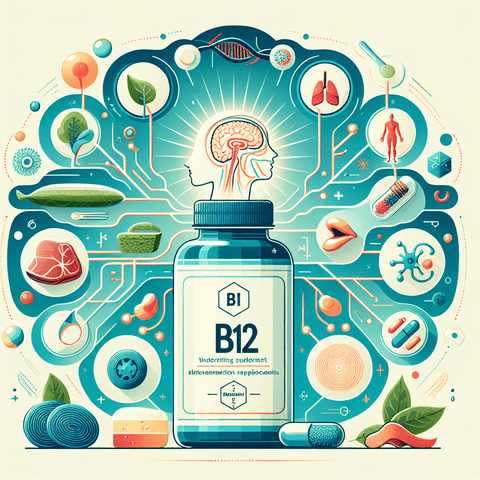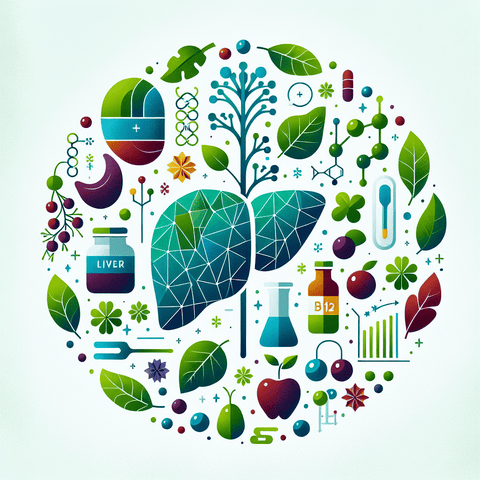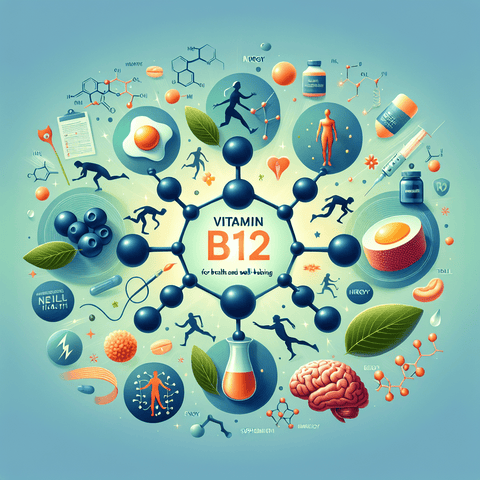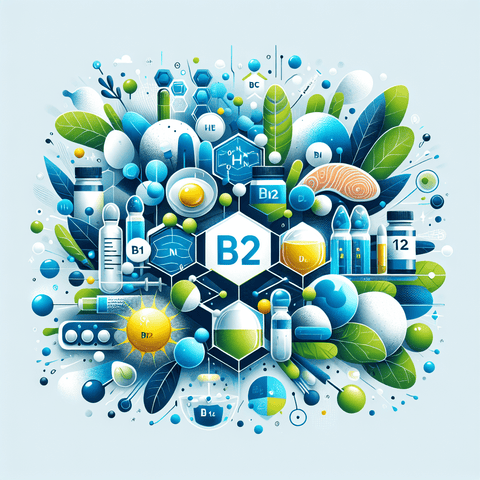Discover vitamin b12 as a family of cobalt-containing cofactors known as cobalamins. The term vitamin b12 refers to several related compounds, with methylcobalamin and adenosylcobalamin being the forms most often discussed in biochemistry. This essential guide to vitamin b12 centers on its chemistry, its place in cellular processes, and how scientists study these compounds. Chemistry and structure play a central role in defining vitamin b12. The core is a corrin ring housing a central cobalt atom, and the specific ligands attached to cobalt distinguish the different cobalamins. This structural framework enables the distinctive reactivity of vitamin b12, which underpins its function as a cofactor in targeted enzymatic transformations. In biochemistry, vitamin b12 functions as a cofactor for two key enzymes: methionine synthase and methylmalonyl-CoA mutase. In methionine synthase, a methyl group is transferred in a one-carbon metabolism context, while methylmalonyl-CoA mutase catalyzes a rearrangement step in the breakdown pathway of certain substrates. Through these reactions, vitamin b12 participates in core cellular processes that rely on precise carbon-group transfers at the molecular level. Scientific study and terminology around vitamin b12 have evolved alongside advances in chemistry and biochemistry. The history of this vitamin b12 family reflects its designation within the broader B-vitamin framework, and researchers analyze its forms, concentration, and reactivity using a range of analytical techniques, from spectroscopy to mass spectrometry. This guide highlights vitamin b12 as a biochemically defined cofactor and outlines the forms and functions that researchers examine in laboratories.






